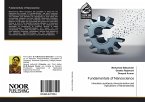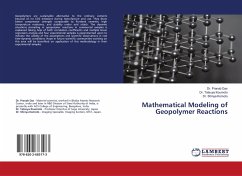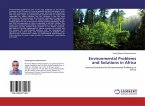As the rapid development of nanoscience, a large number of new nanomaterials have been developed each year. Thus, it requires a lot of work to test the physical, chemical and biological properties of these new nanomaterials, and this workloads have become more and more cumbersome. It needs adequate equipment, reagents and human resources to test the performance presented nanomaterials. However, in poor, backward and lower income countries, there is no sufficient funds to afford equipment and reagents which can be used to test the properties. Fortunately, previous researches have revealed that chemical characteristics of nanomaterials and their molecular structures are closely related. If we learn indicators of these nanomaterials according to defining the topological indices, we could find it helpful to understand their properties, which make up the experiments defects. From this reason, in this book, we study the topological indices for several common appeared nanostructures.








